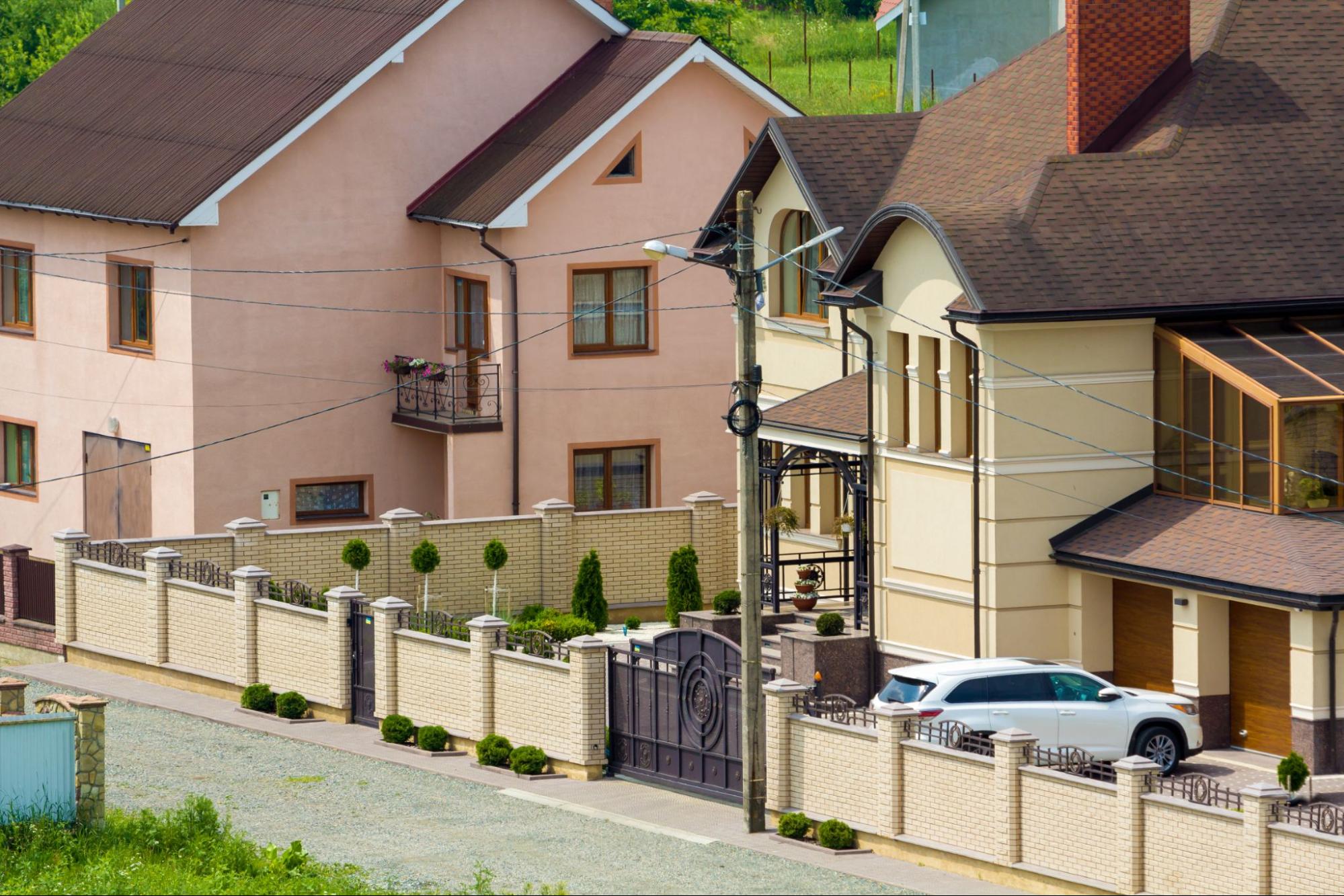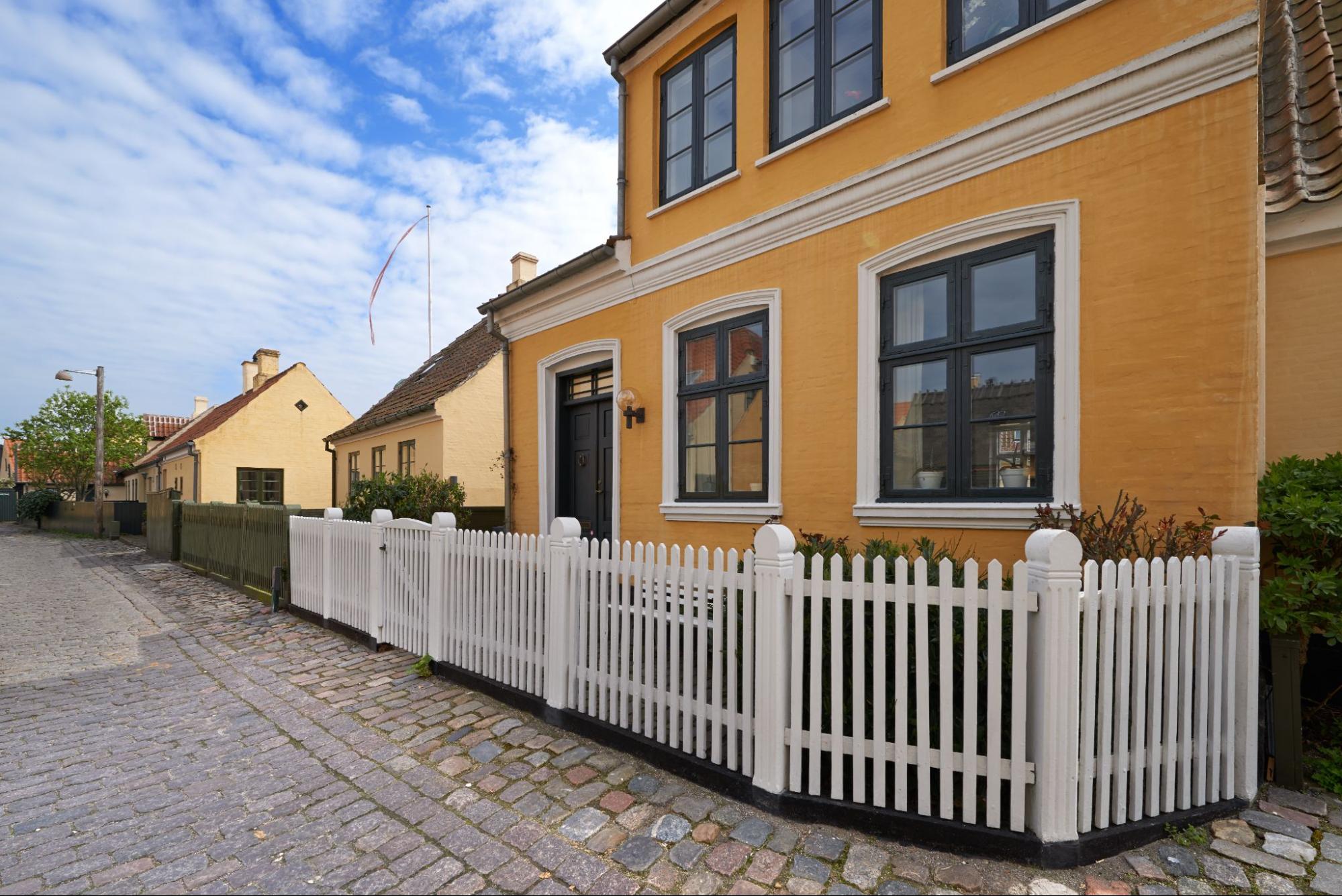
What Are the Most Affordable Types of Fencing Materials?
A well-built fence enhances privacy, security, and the look of any property. Finding an option that fits your budget without sacrificing quality can be challenging. Many homeowners assume they need to spend a fortune on a durable fence. However, several cost-effective fencing materials offer strength, longevity, and style. Exploring these choices makes it easier to pick the best one without overspending.
Types of Fencing Materials That Are Budget-Friendly
Fencing costs depend on material, installation, and upkeep. Some fences require frequent maintenance, while others last longer with minimal care. Selecting a budget-friendly option that balances durability and affordability is crucial. Knowing the benefits of different fencing materials helps homeowners make a wise investment.
Chain Link Fencing: Affordable and Practical
Chain link fencing remains one of the most budget-friendly choices. It offers a secure barrier without obstructing visibility. The galvanized steel resists rust and requires little maintenance. This fence is suitable for homes, businesses, and recreational areas. Its durability makes it a cost-effective long-term investment.
Wood Fencing: Classic and Budget-Conscious
Wood fencing provides a timeless look at an affordable price. Pressure-treated pine is the cheapest wood option but needs regular sealing to prevent decay. Cedar and redwood cost more but offer better resistance to rot and pests. Wooden fences can be customized in height, style, and design. While maintenance is necessary, the classic appearance makes it a popular choice.
Vinyl Fencing: Cost-Effective in the Long Run
Vinyl fencing has a higher upfront cost but saves money over time. It resists moisture, pests, and harsh weather conditions. Unlike wood, it does not require staining or sealing. Cleaning is easy, requiring only water and mild soap. Vinyl fencing offers a sleek, low-maintenance option in multiple colors and styles.
Welded Wire Fencing: Cheap and Functional Choice
Welded wire fencing is a budget-friendly solution for various uses. It works well for gardens, pet enclosures, and rural properties. This type of fence provides security while maintaining visibility. Installation is simple, making it a cost-effective DIY option. Although not as stylish as wood or vinyl, it serves its purpose at a lower price.
Bamboo Fencing: Affordable and Eco-Friendly
Bamboo fencing is an inexpensive, sustainable alternative to traditional wood. When appropriately treated, it is naturally resistant to weather and pests. The material offers a unique, tropical appearance suitable for privacy screens. While not as durable as metal or vinyl, bamboo fencing is easy to install. Its affordability and eco-friendliness make it an attractive choice.
Composite Fencing: Durable and Worth the Cost
Composite fencing combines wood fibers and plastic for a sturdy, low-maintenance option. It resists rot, insect damage, and weather-related wear. The initial cost is higher than wood but requires little upkeep. Composite fencing mimics the appearance of natural wood without the hassle of maintenance. Its durability makes it a long-term, budget-friendly choice.
Pallet Fencing: The Ultimate Low-Cost Option
Pallet fencing is an excellent option for those on a tight budget. It uses recycled wooden pallets, reducing material costs. Though it requires effort to assemble, it provides an inexpensive fencing solution. Reinforcing pallets with extra support improves longevity. This DIY-friendly fence is ideal for gardens and small yards.

Sustainable and Upcycled Types of Fencing Materials
Many budget-friendly fencing materials also offer sustainability benefits. Using recycled or upcycled materials reduces costs and environmental impact. Some fences even integrate natural elements for added appeal. Homeowners looking for affordable and eco-friendly options can consider these choices.
Reclaimed Wood: A Stylish, Eco-Friendly Choice
Reclaimed wood provides a rustic look without high costs. Salvaged wood from old barns or pallets can be repurposed for fencing. It may need refinishing, but it is often sturdier than new softwood. This option reduces waste and adds unique character to a property. With proper treatment, reclaimed wood fences last for years.
Living Fences: Natural and Low-Cost Barriers
Hedges, shrubs, or trees serve as natural fences. While they take time to grow, they provide privacy and reduce costs. Bamboo and fast-growing hedges create practical barriers with minimal upkeep. Living fences also support local ecosystems and improve air quality. For those with patience, they are a cost-effective alternative.
Corrugated Metal: A Durable Upcycled Option
Old corrugated metal sheets can be repurposed into sturdy fences. They provide strong wind resistance and last for decades with minimal upkeep. Pairing them with wood or other materials enhances aesthetics. This fencing choice works well in rural and industrial settings. It offers a unique, budget-friendly alternative to traditional fencing.
Modular and Temporary Types of Fencing Materials
Some homeowners need fencing that can be adjusted, moved, or expanded. Temporary or modular fencing solutions provide flexibility without high costs. These options are great for rental properties, event spaces, or short-term enclosures. Finding an affordable and practical temporary fence depends on its intended use.
Expandable and Portable Fencing Options
Expandable fences work well for changing property needs. They adjust in size and are easy to store when not in use. Portable fences, like panels with stakes, offer temporary solutions. These are commonly used for gardens, pets, or event spaces. Their affordability makes them a convenient short-term fencing choice.
Affordable Fencing for Rental Properties
Renters and landlords often need fencing without permanent installation. Temporary fencing options include freestanding wood panels or mesh barriers. These provide security while avoiding the cost of permanent structures. Some options, like bamboo rolls, can be removed easily. Modular fencing ensures flexibility for changing property needs.

Reinforcing Budget Types of Fencing Materials for Longevity
Some budget fencing materials need extra reinforcement to improve their lifespan. Wood, wire, and chain link fences can weaken without proper support. Enhancing their durability prevents costly repairs and replacements. Affordable reinforcement methods help maximize the value of budget fences.
Strengthen Wood Fences With Metal Supports
Wooden fences, while affordable, can warp or rot over time. Adding metal posts instead of wood posts extends the life of a wooden fence. Galvanized steel or aluminum posts resist moisture and weather damage. Combining wood panels with metal supports enhances both strength and affordability. This hybrid approach reduces long-term maintenance costs.
Prevent Wire Fencing From Sagging
Welded wire and chain link fences may loosen or sag over time. Installing a top rail or tension wire along the bottom adds stability. Using thicker-gauge wire increases strength without a significant cost increase. Wooden frames around wire fencing provide extra reinforcement. These simple adjustments make budget-friendly wire fences last longer.
Use Concrete Footings for Stability
Fence posts can shift, causing instability in budget fences. Setting posts in concrete prevents movement and increases durability. This method is beneficial for wooden and chain-link fences. Adding gravel beneath the concrete base improves drainage and prevents rot. A strong foundation helps low-cost fences remain secure for years.
How to Make an Affordable Fence Look High-End
A budget-friendly fence doesn’t have to look cheap. Simple upgrades can enhance its appearance, giving it a polished, upscale feel. Choosing the right materials and design elements transforms an ordinary fence into a stylish feature. With creativity and minor investments, even an affordable fence can look luxurious.
Paint or Stain for a Fresh Look
A fresh coat of paint or stain improves the look of any fence. Dark stains create a modern, sleek appearance, while lighter tones add a rustic charm. Weather-resistant coatings protect the wood and keep colors vibrant. Choosing high-quality finishes helps the fence stay attractive for years. A well-maintained finish makes even budget materials look refined.
Add Decorative Post Caps and Trim
Post caps and decorative trim instantly elevate a fence’s appearance. Wooden, metal or solar-powered caps enhance visual appeal. Simple lattice or horizontal trim creates a custom high-end look. These small details add character without significantly increasing costs. Customizing a fence with decorative elements gives it a high-end aesthetic.
Hidden Costs of Budget-Friendly Types of Fencing Materials
Many homeowners focus on the upfront cost of fencing, but hidden expenses can make a cheap fence costly in the long run. Several factors influence the overall price beyond just materials. Understanding these costs helps homeowners budget effectively. Overlooking them can lead to unexpected expenses.
Installation Costs: DIY vs. Professional Work
DIY installation saves money but requires tools, time, and effort. Professional contractors ensure a secure fence but add to the total cost. Some materials, like chain links or welded wire, are easier to install. Others, like vinyl or composite, may require expert handling. Weighing DIY’s savings against the risks of improper installation is crucial.
Maintenance Expenses and Long-Term Repairs
Some fences require ongoing upkeep to maintain their durability. Wood needs staining or sealing to prevent rot, and the chain link may need rust protection over time. Vinyl and composite fencing have fewer maintenance costs but require occasional cleaning. Factoring in long-term expenses helps in choosing the most cost-effective fence.
Permit Fees and Local Regulations
Some areas require permits for installing a fence, adding to the budget. Regulations may limit height, material choices, or fence placement. Checking local codes before installation prevents fines and additional costs. Fencing near property lines may also require boundary surveys. These hidden expenses impact the final price of an affordable fence.
Choose Affordable Types of Fencing Materials That Last
The right budget-friendly fencing material can transform a space while keeping costs manageable. Whether building a new fence or upgrading an existing one, making a wise choice now saves money and hassle in the long run. Take control of your property’s protection and appearance by choosing fencing that fits your needs and budget. The right fence isn’t just about price—it’s about value, and now is the perfect time to invest in one that lasts.
Explore more fencing tips and budget-friendly solutions on the HB Fence, Decking & Construction blog—your guide to smarter fencing choices!


